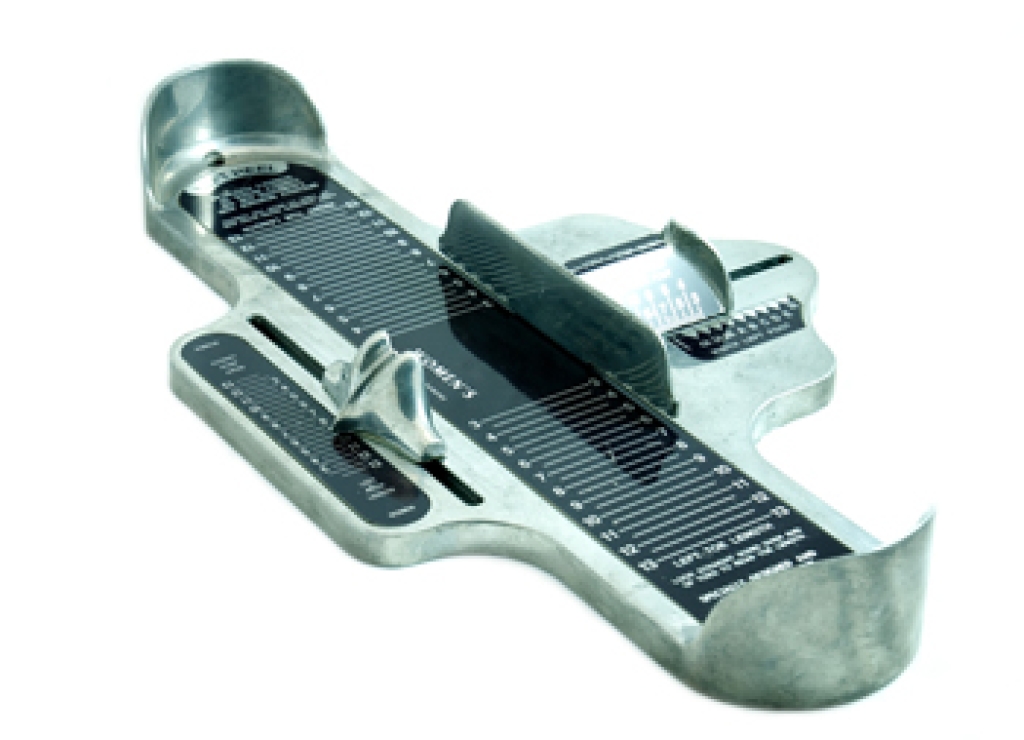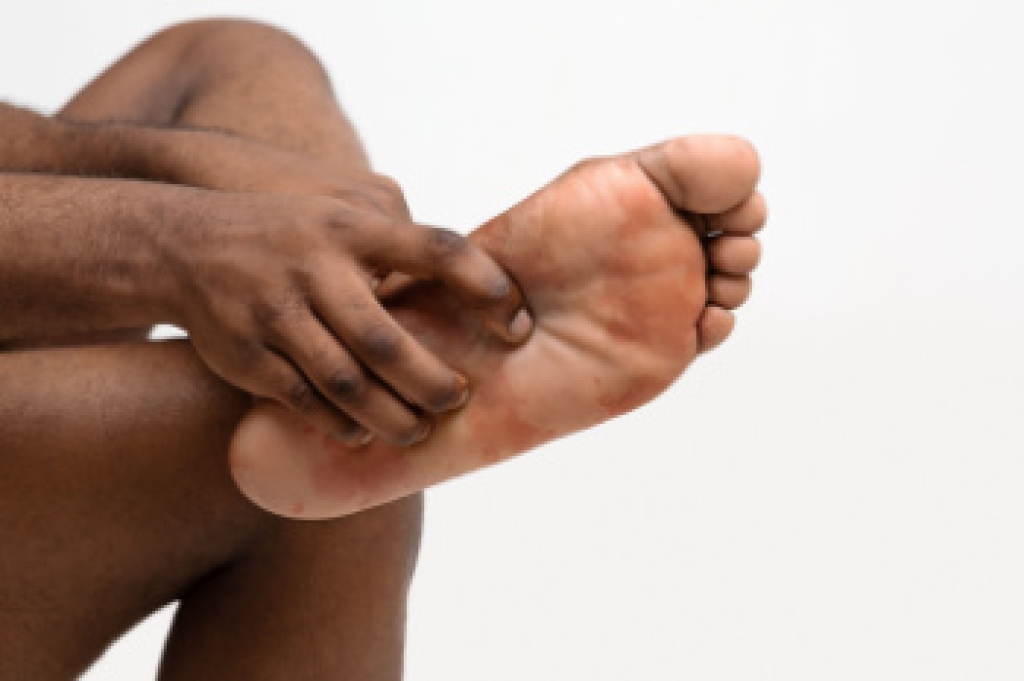
Shoes play an important role in foot health because they influence alignment, pressure, and stability. Footwear that fits well and supports the arch helps reduce stress on the heel and forefoot, especially while standing or walking on hard surfaces. A Brannock device is effective in determining what the right shoe is, enabling correct choices to be made for the desired shoe style. Lace-up styles can help the ankle stay aligned, although boots that rise too high can limit ankle movement, so they should fit comfortably around the front of the ankle. High heels force the toes forward and increase pressure under the ball of the foot, which can lead to bunions, claw toes, corns, and thickened nails. Sports shoes need cushioning for shock absorption and a firm back section to cradle the heel. Alternating shoes allows materials to recover and may extend their life. A podiatrist can assess your foot posture, prescribe custom insoles, and recommend shoes that support foot health. If you regularly experience foot pain, it is suggested that you schedule an appointment with a podiatrist for a diagnosis and appropriate treatment.
Getting the right shoe size is an important part of proper foot health. Seek the assistance of Jason Bell, DPM from Advantage Foot and Ankle Center . Our doctor will provide the care you need to keep you pain-free and on your feet.
Getting the Right Shoe Size
There are many people who wear shoes that are the incorrect size, negatively affecting their feet and posture. Selecting the right shoes is not a difficult process, so long as you keep several things in mind when it comes to choosing the right pair.
- When visiting the shoe store, use the tools available to measure your foot.
- Be sure there is ‘wiggle room’. There should be about an inch between your toes and the tip of your shoes.
- Do not always assume you are the same size, as manufacturers run differently.
- Purchase shoes later in the day, as your feet swell as the day progresses.
- If a shoe is not comfortable, it is not suitable. Most shoes can’t be ‘broken in’, and comfort should be the ultimate goal when it comes to choosing the right pair of shoes
As our feet hold our body weight and keep us moving, it is important to treat them right. Picking the right pair of shoes can provide your feet comfort and mobility without pain.
If you have any questions, please feel free to contact our office located in Newark, DE . We offer the newest diagnostic and treatment technologies for all your foot care needs.




